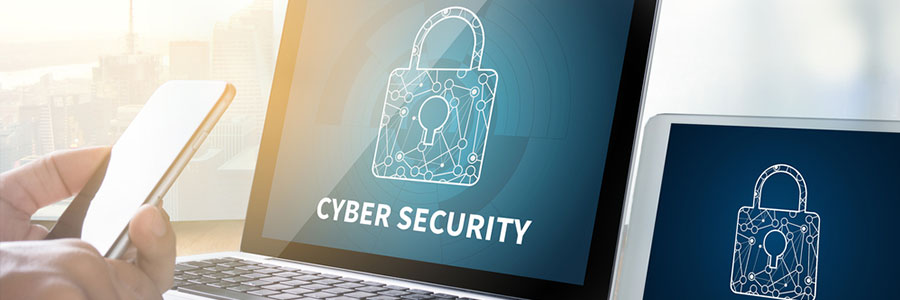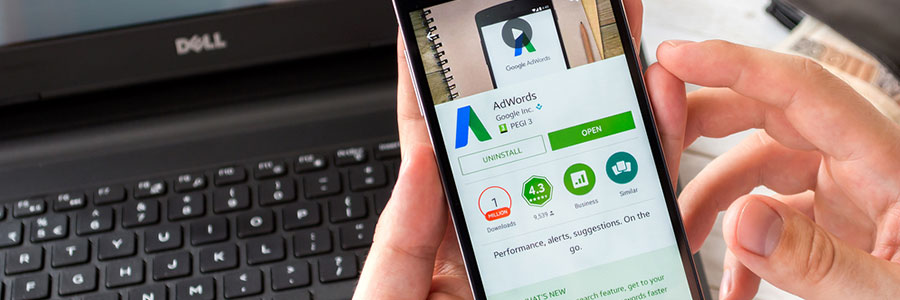The average smartphone user doesn't give nearly enough consideration to mobile phone security. In fact, smartphone users are more likely to get anxious about their phone’s physical safety than the more serious threat of malware. Malware and other forms of cyber threats are far more common in desktops and laptops particularly for business users, but with the increasing sophistication of cyber crimes, disregarding your other ‘lower risk’ devices’ security can mean disaster.
Mobile malware on Android apps
Fileless malware: who are the targets?
Apple’s new year comes with new malware
Statistics for cyber security during 2016
The ransomware that makes you sell your soul
Gooligan malware haunts Android devices
Malware hits more than 3,000 Android apps
The benefits of internet monitoring
9 cybersecurity terms everyone must know

As with all technology, trendy phrases come and go with the passing of every IT conference and newly released virus. And when dealing with cybersecurity, keeping up with them all can mean the survival -- or demise -- of a business. If you’re looking for a list of the industry’s most relevant terms, you’ve come to the right place.
4 BYOD security risks you should address

Bring your own device (BYOD) strategy is when an employee uses their personal mobile device to work with your company from anywhere. This strategy can bring about many advantages to your business such as increased efficiency and convenience. However, this can also bring a number of security risks for your IT infrastructure and data.









